Spring has sprung – time to get so excited that you wet your plants! Too corny? Sorry! But spring truly is an exciting time, and a great time to start yourself a wee veggie garden (Get it? Corny? Veggie garden??).
Although technically you can grow fruit and veg any time of the year, spring is a great time to start – particularly if gardening is new to you. The good news is, you don’t have to own a massive section, or even your own place, to have a decent garden. Plenty of food can be grown in planter boxes and containers – you can even grow dwarf fruit trees in big pots. If you’re on a budget (or just want to do some epic recycling), some plants can even be grown in old coffee bean sacks (ask at your local roastery – sometimes they give them away for free), or even reusable fabric shopping bags!
Here are some good plants to start with this spring.
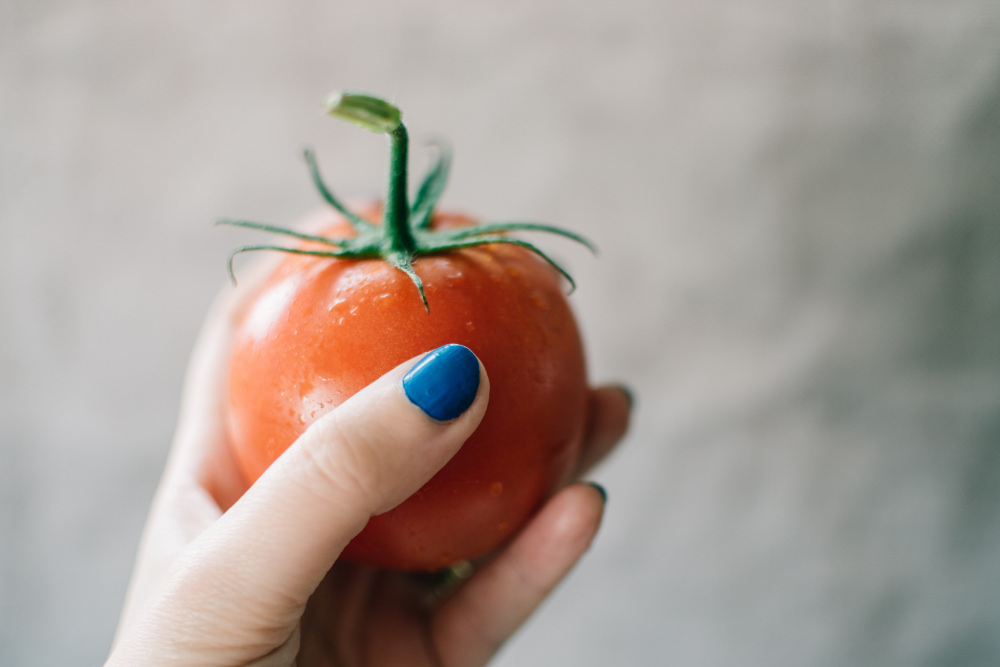
Tomatoes
Tomatoes are one of the easiest (I’ve found) edible plants to grow. There are more varieties of tomatoes than you can imagine, from big juicy beefsteak tomatoes to wee cherry tomatoes.
Tomatoes do really well in pots (and cherry tomato varieties do well in hanging planters), so are a great option if you’re wanting to plant something that doesn’t have to go straight into the ground. Just make sure you fill them right up with good quality soil and a bit of tomato food from your local garden centre or hardware store so that they get the nutrients they need to grow big and strong – and don’t forget to add a stake to tie your growing vine too! Choose a sunny spot as they love to sunbathe, and be sure to give them enough water.
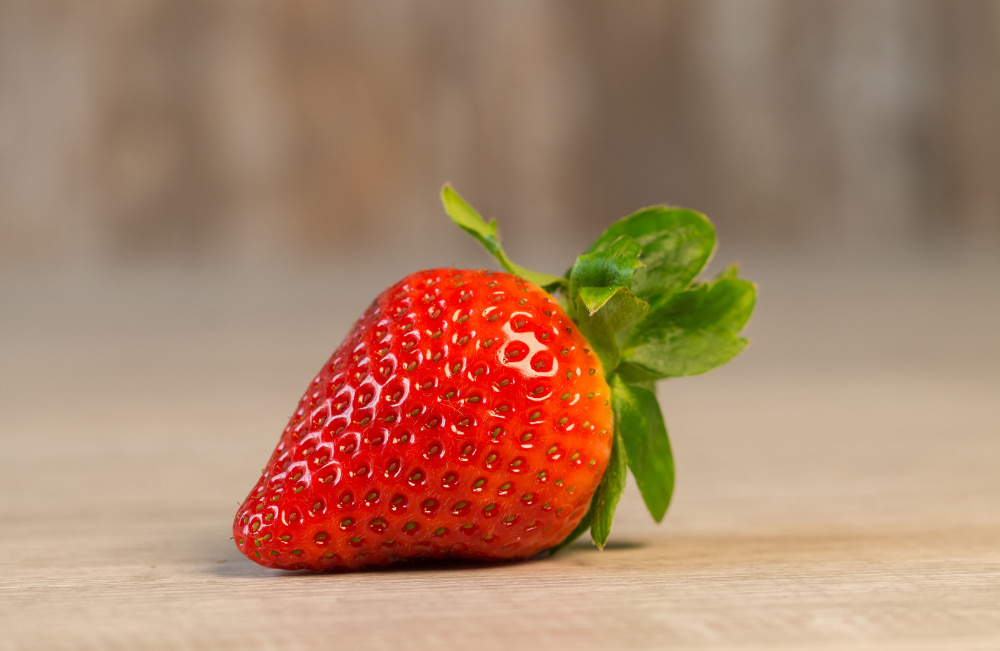
Strawberries
Another easy one – and who doesn’t love strawberries?!
Strawberries also do well in pots, and baby plants can often be picked up quite cheaply at the beginning of spring. Like tomatoes, strawberries love a good sunny spot. It’s worth adding a layer of strawberry straw over the soil to help keep moisture in their roots, whilst also keeping the fruit off the ground. Once your plants start fruiting, cover with bird netting to stop any winged visitors from helping themselves!
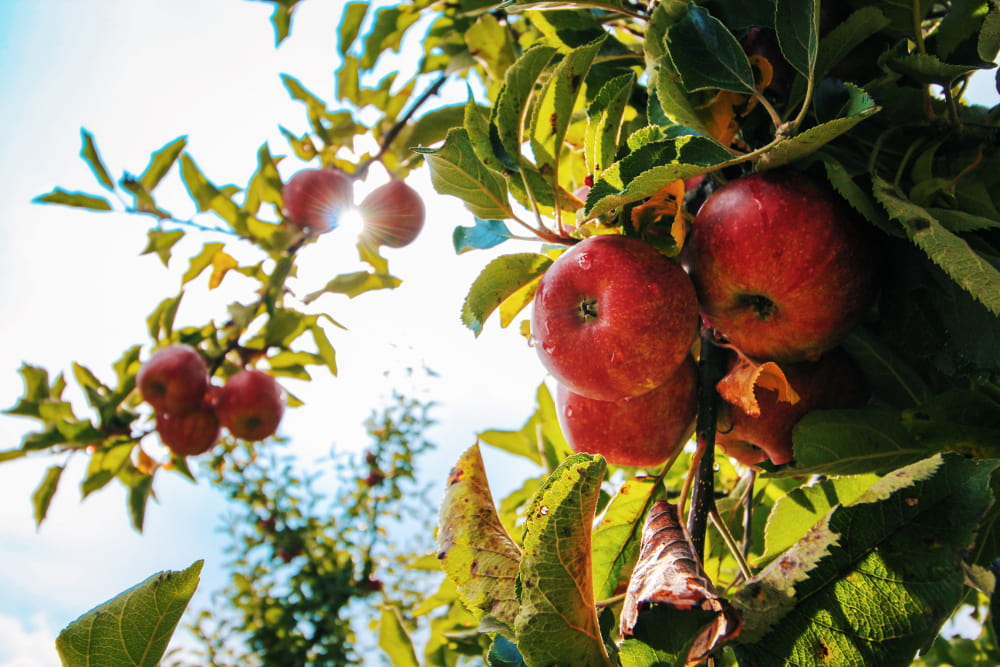
Apples
There’s nothing quite like a fresh, crisp, juicy apple straight from the tree – they really do taste different than one you’ve picked up at the supermarket!
Apple trees can generally grow quite large, so if you’re short on space, opt for a dwarf variety. Dig a decent sized hole if you’re planting straight into the ground (about twice the width and depth of the root ball of your tree) and pack firmly with good quality soil. Be sure to give your tree a good drink afterwards!
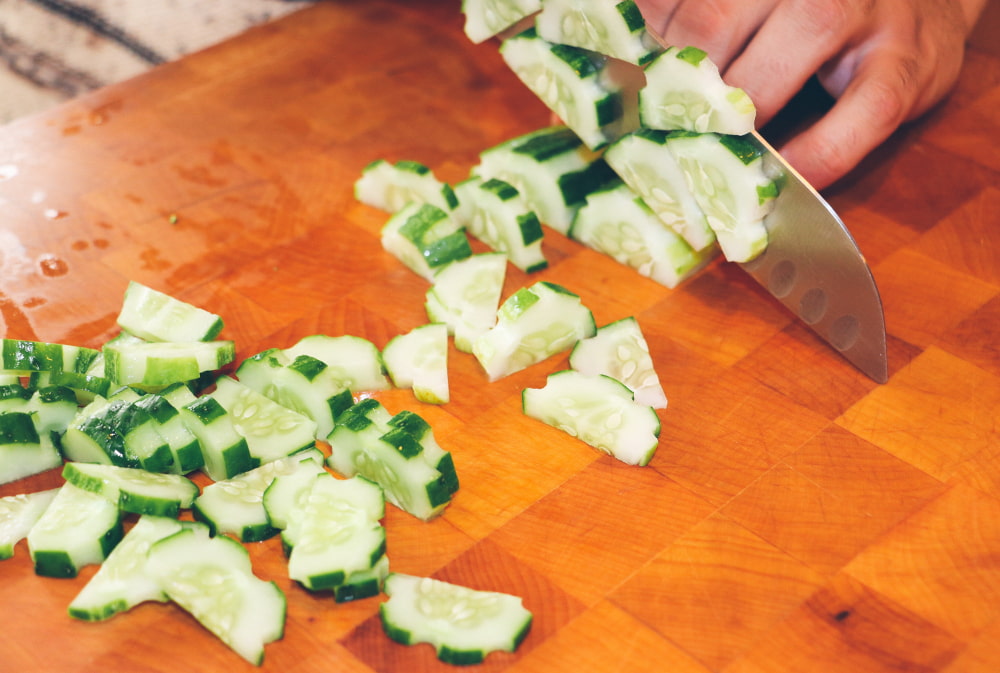
Cucumbers
Cucumbers are delicious in summer, so it’s a great idea to plant them now so they’ll be ready for salad season – just be sure to wait until your area is no longer getting overnight/early morning frosts. Cucumbers grow on a vine, so plant with a good support/stake system to keep your fruit off the ground. This will stop your hard work from rotting away!
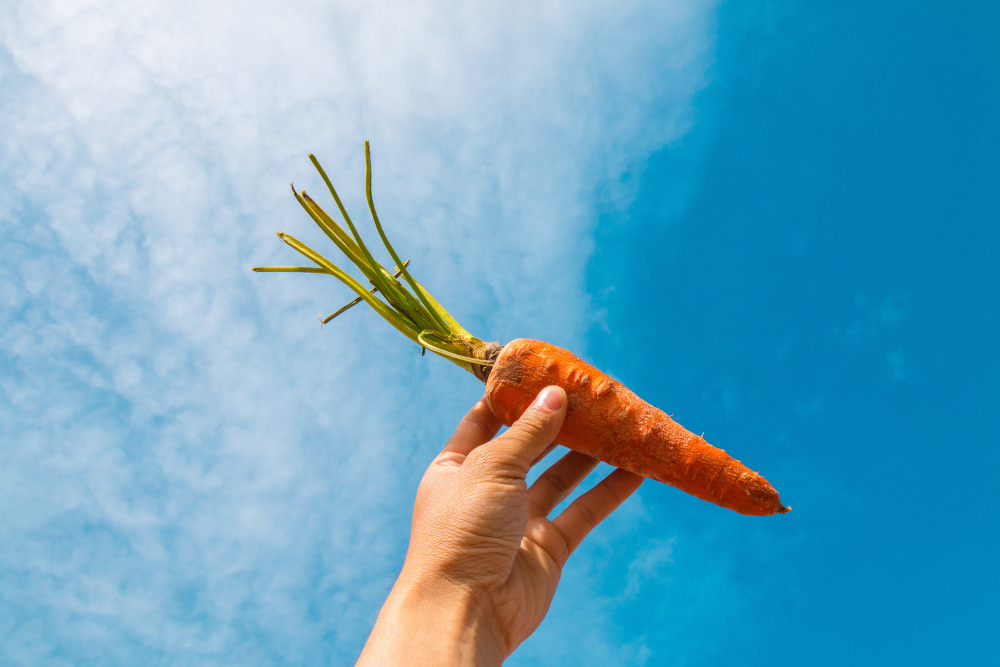
Carrots
Carrots are a plant that don’t like being transplanted, so be sure to plant them somewhere you’re happy for them to stay until they’re ready to harvest. Sow your seeds into a bed of good quality soil and, if planting in rows, keep your rows 40-50cm apart. Bonus tip – grandma always said to mix your carrot seeds with a bit of sand to help them spread evenly.

Lettuce
One of the easiest and fastest edible plants to grow, even the most novice gardener can usually manage lettuce!
There are many, many different varieties to choose from, so plant whatever you like to eat – they’ll grow in big pots, small pots, bags, baskets, pallets, or directly in the ground. The only thing to be aware of is planting enough so that you can take a few leaves from each plant to eat (rather than all the leaves off a single plant), and to watch out for slugs and snails who will want to share your dinner.
Silverbeet
Silverbeet is both hardy and nutritious and can be grown year-round. It likes to have as much sun as possible, and enjoys fertile soil to soak its nutrients from. Plant a few plants, and when harvesting to eat, pick a few leaves from each plant at the base – this will encourage your plants to grow new leaves over and over again for you.
If gardening is new to you, start small – pick one plant that you love to eat, and focus on that before moving on to trying something else. You’ll find that growing your own food is incredibly satisfying and rewarding… and delicious! Good luck!
What veggies do you grow at home?
See more:
 Written by Bunny T
Written by Bunny T
A mama of two who advocates for mental health awareness (yes girl!), Bunny is a badass babe blogging about womanhood, motherhood and the adventures that happen in between. You’ll usually find her exercising (running after kids), partying (drinking coffee) and rocking out (sleeping).
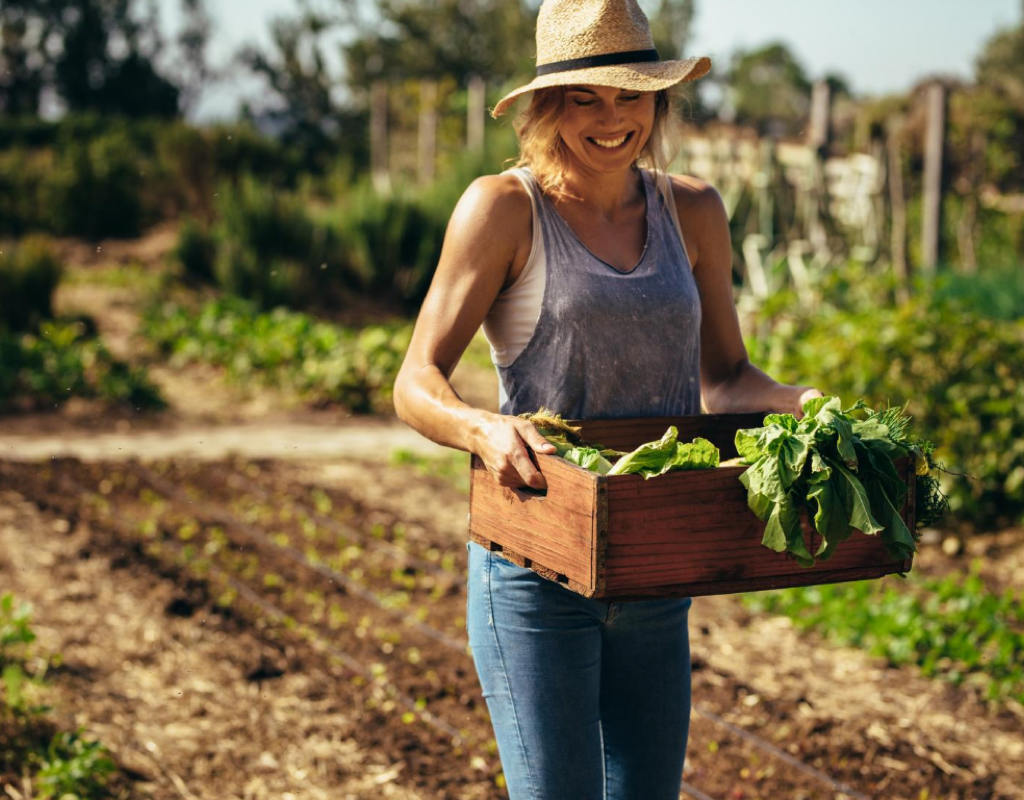


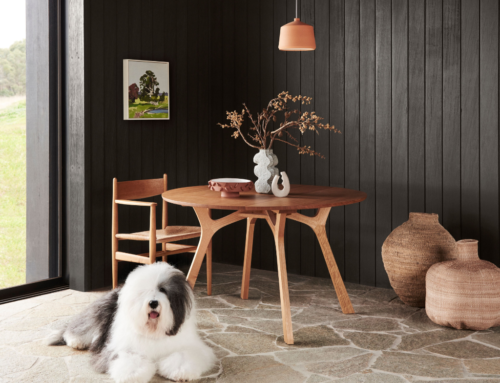
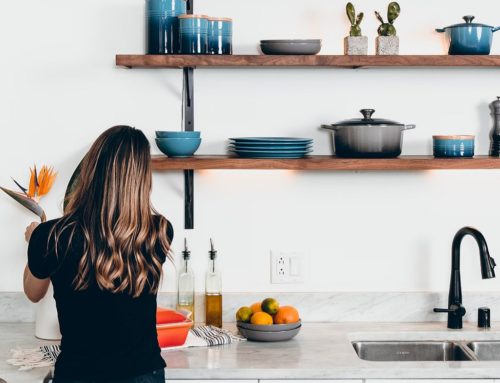
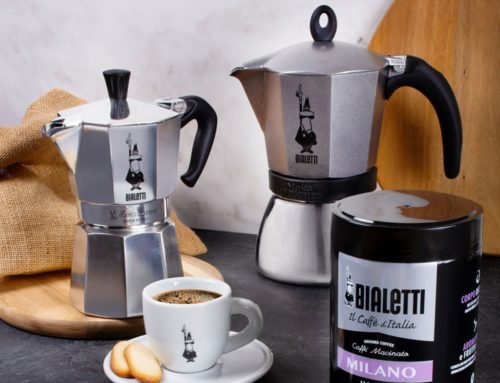
Leave A Comment
You must be logged in to post a comment.